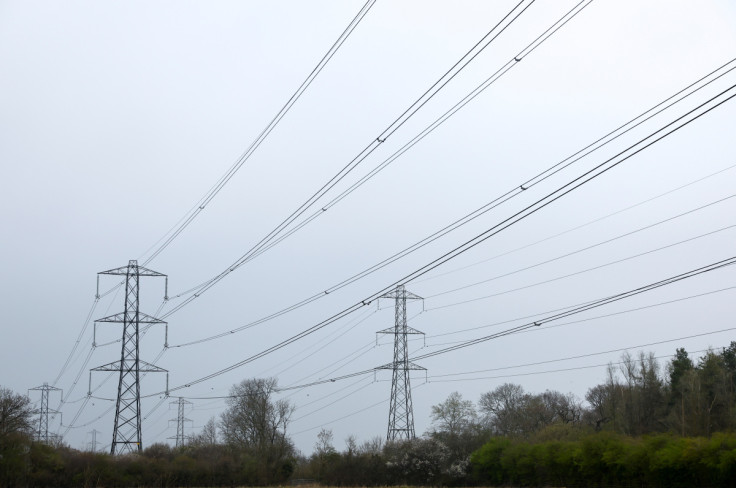Revolutionary UK Power Grid Expansion Secures £1.8 Billion Contracts
National Grid and Scottish Power are set to commence the construction of a £2.5 billion high-voltage power line along the east coast, stretching from East Lothian to County Durham, starting in 2025.

One of the significant projects in Britain's power grid landscape has allocated contracts valued at £1.8 billion for a 190km subsea electricity superhighway aimed at transferring renewable power from Scotland to the north of England.
National Grid and Scottish Power are set to commence the construction of a £2.5 billion high-voltage power line along the east coast, stretching from East Lothian to County Durham, starting in 2025.
Dubbed the Eastern Green Link 1 (EGL1), this project stands out as one of the most substantial grid upgrade endeavours in Britain's recent history. Its design focuses on accommodating enough clean electricity to sustain approximately two million households.
The UK faces mounting pressure to revamp its power grid, given the impending doubling of electricity demand by 2040, part of a broader initiative to curtail the reliance on gas and other fossil fuels.
A recent report highlighted the colossal task ahead, indicating that the government would need to deploy over 100km of electric cabling daily until 2040 to align with the UK's climate objectives.
The International Energy Agency's projections assert that the UK must either introduce or enhance around 600,000km of electric lines by the end of the next decade to meet its climate targets. This need arises amid global competition to secure supplies of high-voltage cabling and other essential electrical infrastructure components.
Within the EGL1 project, Prysmian Group, an international cable manufacturer, has secured the contract to deliver nearly 400km of power cable. Meanwhile, the responsibility to supply two HVDC converter stations, positioned at each end of the cable, has been granted to GE Vernova and Mytilineos.
Anticipated to incur costs amounting to tens of billions of pounds, according to National Grid, these upgrades come with a stark warning. The energy giant, listed on the FTSE 100, cautions that the construction of pylons and underground lines needs to escalate fivefold by the decade's end compared to the past 30 years. Similarly, there's a fourfold increase required in laying undersea cables relative to the current count.
Moreover, the enhancements to Britain's power grid are poised to become a significant focal point in the upcoming general election. The incoming government will grapple with balancing strong local opposition to new grid infrastructure across rural areas against the evident climate and economic benefits derived from this extensive overhaul.
Research conducted by National Grid forecasts the creation of an estimated 400,000 jobs by 2050, attributed to the grid rewiring efforts. This includes an anticipated creation of around 150,000 jobs in Scotland and the north of England.
Expressing his perspective, Peter Roper, the project director for EGL1, underscored the significance of the super-cable. He remarked that it stands as "a transformative project for the UK, bolstering supply security and facilitating the transmission of green power to all consumers".
Additionally, he highlighted the recent contract announcements as significant victories for the supply chain and crucial milestones in establishing new network infrastructure to support the UK's pursuit of net-zero goals and energy security ambitions.
The government has established an ambitious goal of achieving an additional 50 gigawatts (GW) of offshore wind capacity by 2030. As part of a broader transition to net-zero emissions, there's an anticipated 50 per cent surge in electricity demand by 2035. This shift aims to move away from fossil fuels, relying instead on clean energy to power homes, fuel transportation and drive business operations.
To accommodate this substantial surge in demand and facilitate the distribution of renewable energy from its sources to various destinations, the UK must embark on a monumental task. Over the next seven years, the construction of electricity transmission infrastructure needs to quintuple compared to what has been built in the past three decades.
National Grid is actively engaged in pursuing this objective, initiating the Great Grid Upgrade – an extensive revamp of the electricity grid, marking the most significant overhaul in generations.
This ambitious upgrade plan encompasses the implementation of 17 new transmission projects, both offshore and onshore, over the coming decade. Additionally, it involves the modernisation of existing infrastructure, some of which were established over fifty years ago.
© Copyright IBTimes 2025. All rights reserved.






















